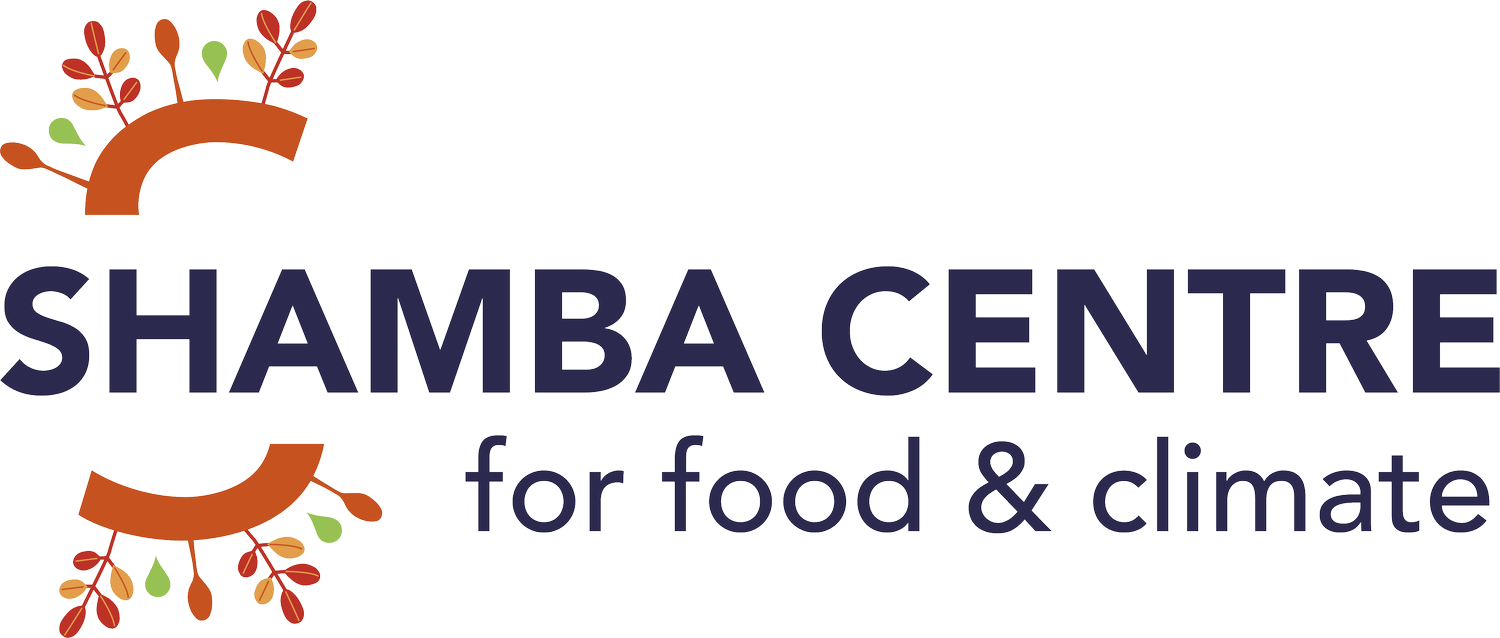
N4G: Have we found solutions to scale up financing for nutrition?
1 April 2025 by Lysiane Lefebvre, Senior Policy Advisor, private sector and sustainable finance
Little hope, big surprise
A dark cloud loomed over the Paris Nutrition for Growth Summit (N4G) last week. With the United States (the biggest donor until now) pulling out of almost every international and multilateral commitment, expectations were low. Fortunately, however, expectations were exceeded. Paris secured USD 28 billion commitment in nutrition funding, surpassing the previous Tokyo Summit, which saw commitments of USD 23 billion.
Whilst it is impressive, especially in the current context, the details of this amount remain to be accounted and translated into actual investments by 2029, when the next N4G Summit is supposed to take place (although that is highly uncertain now, given that it is planned to be held in the United States).
Besides the unexpected positive outcome of this year, the commitment amount (covering until 2029) remains below the annual USD 13 billion needed to close the financing gap to scale up nutrition interventions.
Nonetheless, the Shamba Centre was pleasantly surprised to witness high ambition throughout the week – from the Civil Society Pavilion to the private sector gathering convened by the Access to Nutrition Initiative, Global Alliance for Improved Nutrition and Paris Peace Forum. Participants demonstrated strong commitment to the agenda, as though galvanised by the increasingly difficult funding landscape.
When the official Summit kicked off on Thursday, both civil society and private sector declarations called for more financing for nutrition. The draft CSO Declaration included, in its key recommendations, “Secur[ing] sustainable, flexible, and increased financing for nutrition” whilst the Paris Declaration on Business and Nutrition 2030 listed, as its first action area, “Increasing Financing and Investments for Nutrition”.
That theme remained predominant in all our conversations throughout the week. It was also how we framed the panel discussion organised on behalf of the Zero Hunger Pledge on Thursday morning: How can civil society and the private sector collaborate to ensure the financing of effective interventions? As we found, evidence provides a roadmap, but awareness-raising and accountability are essential to effectively direct financing flows.
Lingering questions, promising innovation
Finance remained the key topic. Although the figures vary, everyone acknowledges that there is a (wide) financing gap. There is, however, growing recognition that governments and especially donors cannot foot the entire bill. With donor appetite shrinking, public money must be used ever more wisely, to mobilise additional sources of financing – not least of all private investments.
In the absence of accessible and affordable commercial options, start-ups and SMEs in attendance shared that they have mostly relied on grants to date. Many of those we spoke with in Paris still cannot access fully commercial solutions. Moreover, this model is highly unequal (only a few winners receive funding) and insufficient to drive systemic change toward a more nutritious and climate-friendly future.
Even fund managers shared difficulties in raising capital, especially from private investors, despite concessional tranches (including first-loss cover). Surprisingly, though, the issue does not seem to be a lack of pipeline. Private sector exhibitors at the Village of Solutions, such as ColdHubs, Galaxy Foods, Hunza Foods, Laitière du Sahel, Nutriset, and Nutri’zaza, demonstrated a healthy flow of innovation and investment-worthy projects.
ColdHubs, an SME from Nigeria which provides solar-powered, off-grid and pay-as-you-store cold storage solutions for smallholder farmers to reduce post-harvest losses;
Galaxy Foods, an SME from Tanzania which presented its fortified yoghurt, destined to Tanzanian schoolchildren;
Hunza Foods, an SME from Pakistan which works with women to process dried fruits, protein bars, jams and other products with fruits that would have otherwise been wasted;
Laitière du Sahel, an SME from Niger which produces safe and affordable dairy products and fruit juices locally, competing with imported products on the local market;
Nutriset, a multinational group headquartered in France, which works with a network of independent local entrepreneurs to manufacture ready-to-use nutritional solutions to treat and prevent malnutrition; and
Nutri’zaza, a social enterprise from Madagascar, which exhibited its fortified products for babies and infants, all produced locally and made affordable for local consumers.
From problem to solution
The various stakeholders at the Summit shared a common understanding: the problem of nutrition financing won’t be solved by public or private capital alone. Donor money is too scarce, and private returns are still considered too risky or small for private money to flow on its own. This is why blending is needed, now more than ever: to stretch donor and government money further and mobilise more private capital.
One promising initiative is the Nutritious Foods Financing Facility (N3F), the blended fund focused specifically on nutrition. And, whilst it shows great potential, it still responds to only part of the problem. It does offer a financing option for expanding proven and promising nutrition solutions, but what about supporting MSMEs in the proof-of-concept and go-to-market stages?
To effectively fill the gap, we need to build better bridges between the different parts of the system: between different sorts of financiers, to achieve the right mix of blended public and private finance, as well as between those who supply financing options and those that demand it. Unfortunately, the structure of N4G 2025 exemplified how disconnected the system remains.
Civil society met on Monday and Tuesday, the private sector on Wednesday, and government leaders on Thursday and Friday. Even the Village of Solutions, which brought diverse stakeholders together, was relegated to the sidelines of the main Summit activities. Nevertheless, the conversations it sparked began laying the groundwork for future collaborations and progress.
The challenge remains daunting, but if the discussions at the Summit are any indication, we are on the right track. The commitments made at N4G, the innovative solutions showcased, and the willingness of both civil society and private sector actors to tackle the challenges ahead give us hope that we can solve the puzzle of financing for nutrition. We have all the pieces. What we need, now, is to put the pieces together.
